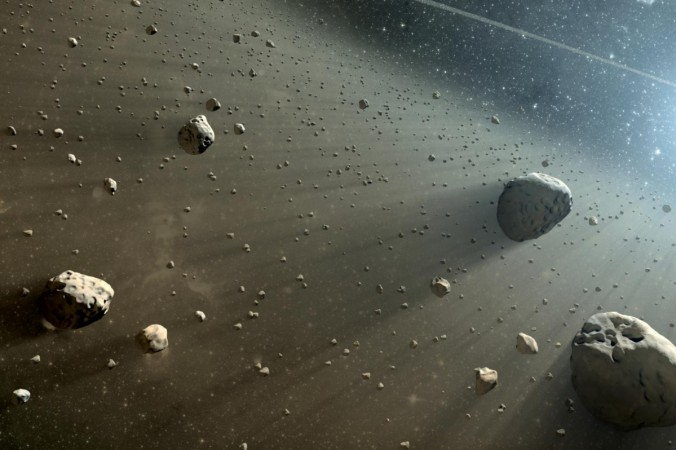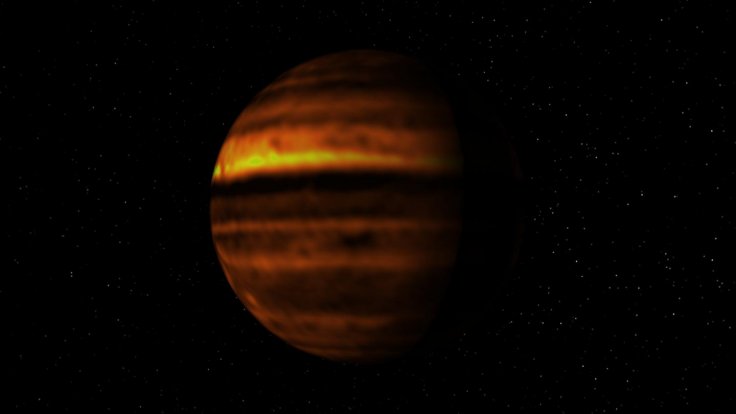
A team of researchers discovered a cosmic gateway near Jupiter that icy comets pass through to reach Earth's neighborhood. According to the researchers, most of the comets that go through the gateway came from the territories of the large planets in the Solar System such as Neptune, Saturn and Uranus.
Most of the comets that pass through the cosmic gateway are known as centaurs, which are icy objects that came from the Kuiper belt. This is a region located beyond Neptune. When these comets get too close to Neptune or other large planets in the Solar System such as Saturn or Uranus, the planets' gravitational pull alters the trajectory of the objects, sending them to a cosmic pathway near Jupiter.
Many of the objects that go through the gateway become the short-period comets that fly within the inner portion of the Solar System and sometimes near Earth. Due to the path that they took for their voyage, many of these objects are referred to as the Jupiter family of comets (JFC).

"The chaotic nature of their orbits obscures the exact pathways these centaurs follow on their way to becoming JFCs," researcher Kathryn Volk of the University of Arizona Lunar and Planetary Laboratory said in a statement according to Phys.org. "This makes it difficult to figure out where exactly they came from and where they might go in the future."
According to the researchers, studying centaurs that pass through the gateway near Jupiter can provide clues regarding the early years of the Solar System. Many scientists believe that due to the icy nature of centaurs, they contain materials that have been preserved from the time when the Solar System was just starting to form. The researchers noted that there could be around 10 million centaurs in the Kuiper region. The findings of the researchers were presented in a new study published in The Astrophysical Journal.
"We know of 300 centaurs that we can see through telescopes, but that's only the tip of an iceberg of an estimated 10 million such objects," Walter Harris of the University of Arizona Lunar and Planetary Laboratory and co-author of the study said.









